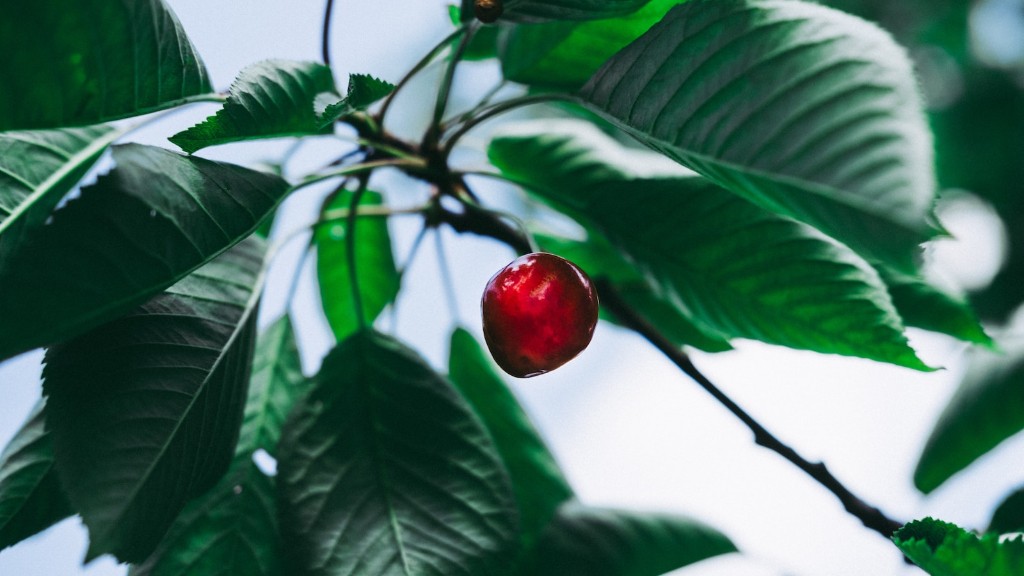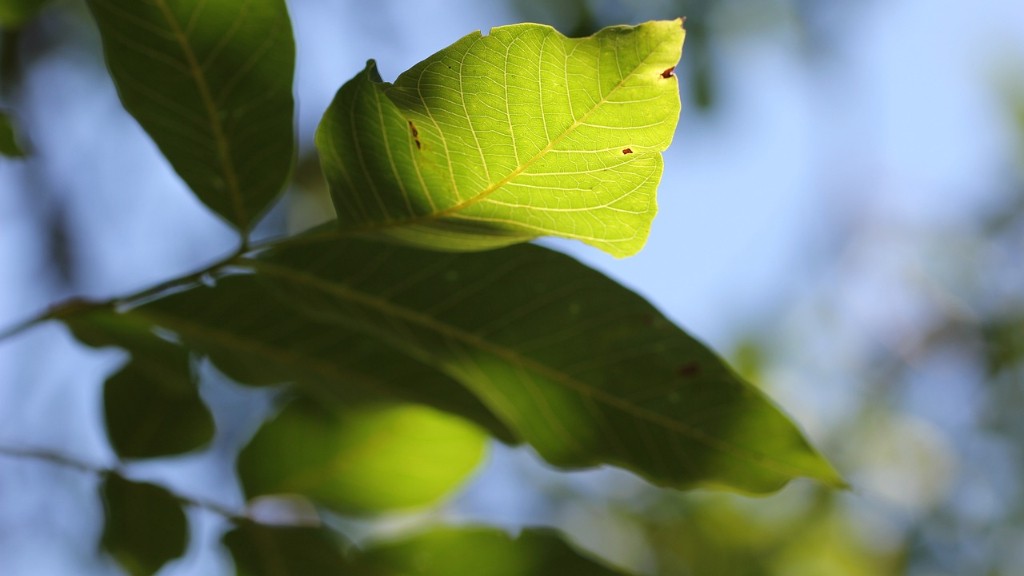Background
Pruning a cherry tree is an important part of caring for a tree’s health and growth. Proper pruning can help create a more aesthetically pleasing tree, improve air circulation to reduce fungal diseases, and even produce a larger harvest of delicious cherries. Knowing the best pruning techniques for your cherry tree is critical for getting the most out of it.
Tree Pruning Fundamentals
The basics of cherry tree pruning are relatively simple. The main idea is to remove any damaged, dead, or diseased branches to focus on the overall health and structure of the tree. You can also prune away excessive or old growth to make room for younger branches that will produce more cherries. It’s important to plan ahead before you begin pruning; the timing of your pruning and the exact location of the cuts are essential for keeping the tree healthy.
Pruning When & Where
Pruning cherry trees should be done in late winter or early spring, before new growth starts. This is usually the best time to get the maximum benefit from pruning, since the tree won’t have to deal with the stress of the growing season at the same time. When pruning, it is important to make the cuts in the right place to ensure the health of the tree. Cuts should be made directly above a bud, outward-facing eye, or branch to encourage proper growth.
Pruning Tools & Tactics
When you begin pruning your cherry tree, it is important to have the right tools for the job. Pruners are the most common tool used for pruning cherry trees and should be disinfected between cuts to prevent the spread of disease. It is also important to make sure you are using the right pruning technique for your tree. For example, thinning or heading cuts remove entire branches which can help improve air circulation, while pinching or pruning techniques can be used to remove smaller, damaged sections of the tree.
Timing Cutback & Maintenance
Pruning cherry trees should be done in late winter or early spring, when the dormant season begins. This will allow the tree to begin healing any wounds before new growth starts and avoid any potential stress caused by the growing season. Pruning should be done on a regular basis in order to keep the tree healthy, and any dead, damaged, or diseased branches should be removed as soon as possible.
Fruit Production & Pruning
Pruning is an important part of producing fruits on a cherry tree. Proper pruning will help increase the overall size of the harvest by removing older, less productive branches and encouraging new growth that has higher yields. The best time to prune for fruit production is in mid-spring, after the flowering period but before the fruits start to grow.
Restructuring Patterns & Shaping
Cherry trees can be pruned for a variety of reasons, and shaping and restructuring is no exception. Pruning can be used to alter the structure of the tree to make a more aesthetically pleasing result, as well as improve air circulation and light penetration. When shaping and restructuring, it is important to make sure that the cuts are made in the right places to preserve the tree’s overall health.
Pest Control through Pruning
Pruning can also be used to help manage pests on cherry trees. By removing any diseased or damaged sections of the tree, it can help to reduce the potential for disease and pests to thrive. It is also important to make sure any pruning tools used are clean and disinfected to prevent the spread of disease from one branch to another.
Preventing & Avoiding Damage
Incorrect pruning can cause serious damage to a cherry tree and reduce its overall health, so it is important to make sure you are pruning correctly. Make sure the cuts are in the right place, use the right tools, and avoid pruning when the tree is flowering or fruiting. Pruning at the wrong time can delay or reduce the harvest, or even damage the tree.
Conclusion
Pruning a cherry tree is an important task that can help to ensure the tree is healthy and producing a good crop of delicious cherries. Knowing the basics of pruning, including when to prune and where to make the cuts, is essential for getting the most out of your tree. Consider these tips and methods when pruning your cherry tree for the best results.


